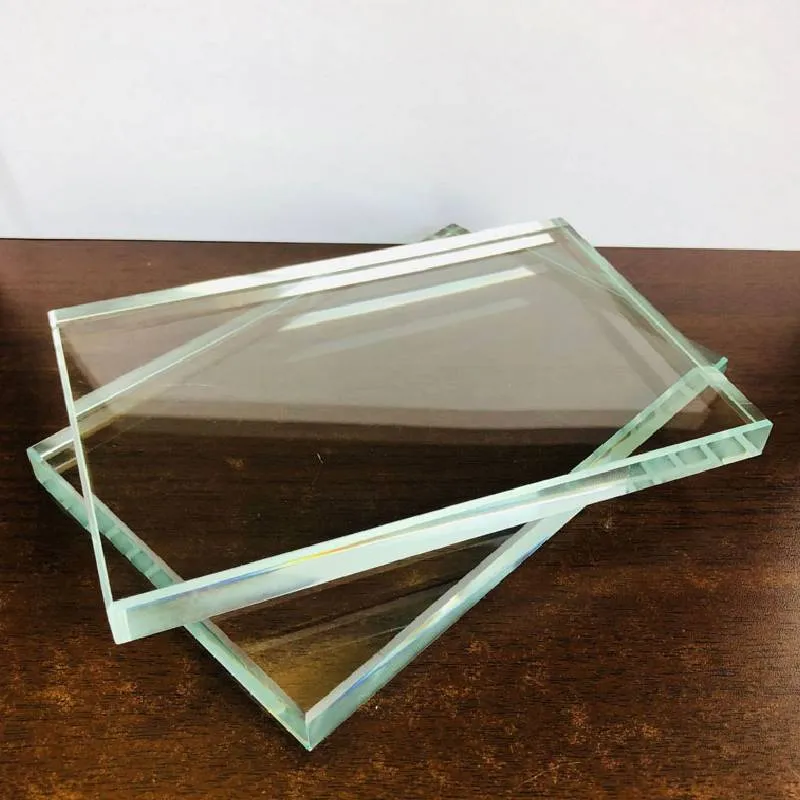The Enigma of Obscure Glass
Obscure glass has long fascinated artists, architects, and everyday individuals alike. Its unique properties and versatility create an aura of mystery and intrigue, making it an essential material in various fields, including design, construction, and even psychology. This article explores the multifaceted nature of obscure glass, delving into its history, applications, and the sense of allure it evokes.
Historically, the use of obscure glass can be traced back to ancient civilizations. In Roman times, glassmakers developed techniques to create opaque and semi-opaque glass, providing privacy while allowing light to filter through. This became particularly popular in windows, where the delicate balance of light and seclusion was desired. Over centuries, the techniques continued to evolve, leading to the modern varieties of obscure glass we see today, such as frosted, etched, and textured glass.
One of the most appealing aspects of obscure glass is its ability to diffuse light. Unlike clear glass that presents a direct view, obscure glass scatters light, creating a soft glow that can transform a space. This property is highly sought after in settings where ambiance is crucial, such as in restaurants, boutiques, and spas. The diffused light creates a tranquil atmosphere, enhancing the overall experience for patrons and guests. Additionally, it invites natural light into spaces without compromising privacy, making it an ideal choice for residential bathrooms, bedroom windows, and office partitions.
In architecture, obscure glass serves not only functional purposes but also artistic expressions. Architects often use it to create distinctive designs that challenge traditional notions of transparency and opacity. A building facade featuring obscure glass can shift in appearance throughout the day, reflecting changes in light and surroundings. The play of light can be captivating, turning a simple structure into a living artwork that changes with the passing hours.
obscure glass
Moreover, the psychological implications of obscure glass are noteworthy. The barrier it creates can evoke feelings of safety and security. Many individuals feel more at ease when they are partially shielded from the outside world, as obscure glass allows them to observe without being observed. This element of privacy is crucial in environments such as healthcare facilities, where the mental well-being of patients is paramount. Obscure glass can make such spaces feel less clinical, providing a buffer that enhances comfort.
The aesthetic versatility of obscure glass is another significant factor in its popularity. It can seamlessly blend with a range of design styles, from minimalist and contemporary to rustic and traditional. The myriad options for textures and finishes elevate its appeal, allowing designers to tailor the material to fit specific themes and atmospheres.
In contemporary design, obscure glass is being utilized in innovative ways, from room dividers to decorative accents. As sustainability becomes a priority in design practices, obscure glass is often incorporated into energy-efficient windows that maximize natural light while minimizing heat loss.
In conclusion, the allure of obscure glass lies in its multifaceted nature. Its historical significance, light-diffusing properties, psychological benefits, and aesthetic versatility make it a compelling choice for a variety of applications. As design trends continue to evolve, obscure glass will likely maintain its place as both a functional and artistic material, mesmerizing those who interact with it.
 Afrikaans
Afrikaans  Albanian
Albanian  Amharic
Amharic  Arabic
Arabic  Armenian
Armenian  Azerbaijani
Azerbaijani  Basque
Basque  Belarusian
Belarusian  Bengali
Bengali  Bosnian
Bosnian  Bulgarian
Bulgarian  Catalan
Catalan  Cebuano
Cebuano  Corsican
Corsican  Croatian
Croatian  Czech
Czech  Danish
Danish  Dutch
Dutch  English
English  Esperanto
Esperanto  Estonian
Estonian  Finnish
Finnish  French
French  Frisian
Frisian  Galician
Galician  Georgian
Georgian  German
German  Greek
Greek  Gujarati
Gujarati  Haitian Creole
Haitian Creole  hausa
hausa  hawaiian
hawaiian  Hebrew
Hebrew  Hindi
Hindi  Miao
Miao  Hungarian
Hungarian  Icelandic
Icelandic  igbo
igbo  Indonesian
Indonesian  irish
irish  Italian
Italian  Japanese
Japanese  Javanese
Javanese  Kannada
Kannada  kazakh
kazakh  Khmer
Khmer  Rwandese
Rwandese  Korean
Korean  Kurdish
Kurdish  Kyrgyz
Kyrgyz  Lao
Lao  Latin
Latin  Latvian
Latvian  Lithuanian
Lithuanian  Luxembourgish
Luxembourgish  Macedonian
Macedonian  Malgashi
Malgashi  Malay
Malay  Malayalam
Malayalam  Maltese
Maltese  Maori
Maori  Marathi
Marathi  Mongolian
Mongolian  Myanmar
Myanmar  Nepali
Nepali  Norwegian
Norwegian  Norwegian
Norwegian  Occitan
Occitan  Pashto
Pashto  Persian
Persian  Polish
Polish  Portuguese
Portuguese  Punjabi
Punjabi  Romanian
Romanian  Russian
Russian  Samoan
Samoan  Scottish Gaelic
Scottish Gaelic  Serbian
Serbian  Sesotho
Sesotho  Shona
Shona  Sindhi
Sindhi  Sinhala
Sinhala  Slovak
Slovak  Slovenian
Slovenian  Somali
Somali  Spanish
Spanish  Sundanese
Sundanese  Swahili
Swahili  Swedish
Swedish  Tagalog
Tagalog  Tajik
Tajik  Tamil
Tamil  Tatar
Tatar  Telugu
Telugu  Thai
Thai  Turkish
Turkish  Turkmen
Turkmen  Ukrainian
Ukrainian  Urdu
Urdu  Uighur
Uighur  Uzbek
Uzbek  Vietnamese
Vietnamese  Welsh
Welsh  Bantu
Bantu  Yiddish
Yiddish  Yoruba
Yoruba  Zulu
Zulu 

